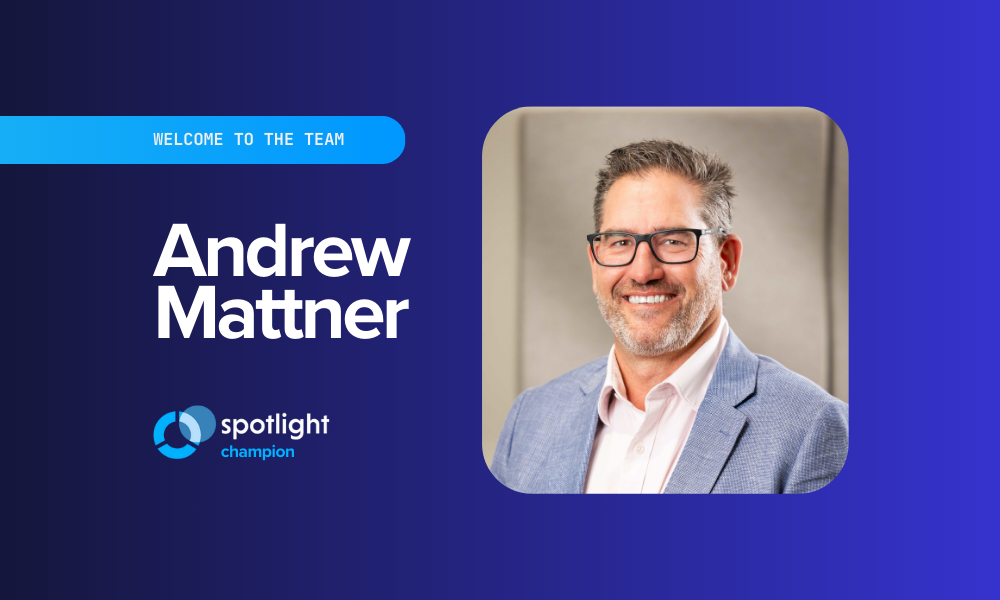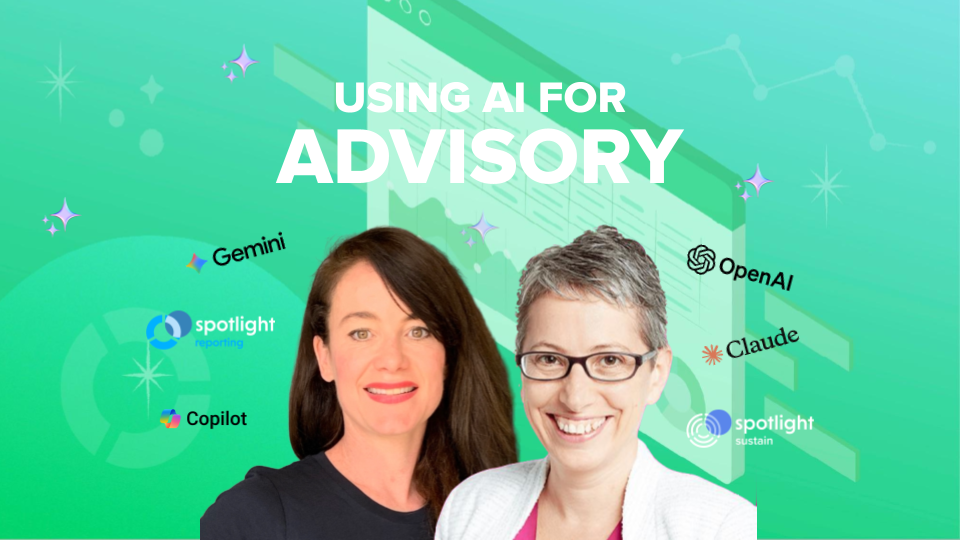Growing your advisory client base is something accounting firms can struggle with. Whether it’s a lack of time, a lack of resources, or due to an underestimation of advisory potential, there are many reasons accountants’ intentions to offer advisory fall by the wayside.
Strata Cloud Accountants (Strata), a small practice based in Austin, Texas, are definitive proof that these excuses are just that—excuses. Despite starting their firm in August of 2020, in the midst of a global pandemic, they’ve managed to grow their client base from three to 52, in just 7 months.
How did they achieve this? Well, in part, by using our tools! Our United States-based Senior Account Manager Patrick Stern sat down with Strata Partners Hunter Scott and Kyle Smith on a recent webinar, to discuss their strategies for success:

Start Small, Refine Your Offering
When Strata first began in August of 2020, they only had three customers: a photographer, a chiropractor, and a brewery. Although modest, this small client base allowed them to test and refine their offerings. For the brewery in particular, it was important to keep track of their cash position, to see how staying open or shutting down would be reflected in financial data.
“Our turnaround time is much faster, and it’s so much more relevant for clients. We wouldn’t be able to do that in Excel because we couldn’t keep updating the data, it would take too long.”
Due to this experience, every client that signed up for Strata’s bookkeeping services from then on would receive a Spotlight Reporting package, including a balance sheet, income statement, and informational graphs tracking their financial progress.
“That’s what seemed to hit it out of the park for some people,” Hunter says.
Use Spotlight During Your Sales Pitch
Seeing the popularity of Spotlight amongst their client base, Strata decided to go one step further and introduce Spotlight during their sales pitch. Hunter would ask prospective clients for access to their accounting files (signing an NDA beforehand to ensure confidentiality), which he would then import into their custom-made Spotlight template. The resulting conversation, says Hunter, was inevitably powerful:
“I take them through their actual numbers, and I try to pinpoint different things that Spotlight’s good at highlighting, with cash flow movements and with the different graphs and P&L,” he says. “By the time we’ve done that, the prospect is pretty blown away by the grasp that we have on their business already.”
Listen, Understand, Act
Using Spotlight to demonstrate understanding of a client’s business is only half the sales pitch. The other half lies in being able to connect with the client, and really understand what their concerns are, and what motivates them. Hunter views the accountant-client relationship as two halves of a story; the accountants being the numbers aspect, and clients being the real life application. Making sure both sides align is vital to success.
“Are they more concerned about revenue, unit level economics, gross profits?” he says. “When you highlight those numbers in the executive summary, they really feel heard and listened to.”

Make the Most of Tools and Features
In their experience, there are certain features that engage clients to think differently about their finances. One such is the cash flow waterfall, which highlights exactly where and when cash enters and exits the business—something clients may not have been able to visualise before. Similarly, Hunter and Kyle use the liquidity monitor to show clients exactly how much they’d be left with in the worst-case scenario of having to sell off all their assets—which, in most cases, is reassuring. But the real stalwart tool for both partners is Spotlight Forecasting.
“If we could go back, we probably would have used Spotlight more, maybe taken more time to understand the capabilities of forecasting specifically,” says Hunter. “It’s been a huge value add for our clients, and really solidified us as their partner in their business.”
Align Future Goals with Forecasting
Spotlight Forecasting helps clients across the board visualise the future, says Kyle, whether they want to decide when to pay themselves, calculate how long a loan is going to last, or decide when and how to grow. Often, the mere act of projecting out scenarios helps them clarify their goals, and put plans into place. Kyle gives the example of a client who was curious to see what two million in sales would look like for him—only to discover that the cost of sales and operating expenses weren’t feasible.
“By the time we’ve done that, the prospect is pretty blown away by the grasp that we have on their business already.”
“You can get a lot of insights just by showing them these outputs,” he says.
The fact that Spotlight Forecasts can be updated in real time, with up-to-date data, is extremely powerful, especially during difficult periods.
“Our turnaround time is much faster, and it’s so much more relevant for clients,” says Kyle. “We wouldn’t be able to do that in Excel because we couldn’t keep updating the data—it would take too long.”
To watch the full webinar, click here.











.jpeg)



